Empathic design in landscape architecture
In this article, we look at what empathic design is, and how this approach can lead to better design solutions. We are joined by international architect Moshe Katz, who shares his thoughts and experience on using empathy in the design process.
What is empathy and empathic design?
Empathy refers to the ability to see the world through the eyes of another and understand their needs, desires, and thinking. Empathy is also key to understanding the inherent properties of natural systems beyond the ecosystem services they may provide. Designers can use this empathic ability to better understand stakeholders and the end users of their spaces, to create better solutions that meet their needs, while remaining respectful of the intrinsic qualities of the natural resources of the site.
Empathy vs Sympathy
Empathy and sympathy are two related concepts. Sympathy is associated with feelings of pity, where the observer recognises the situation of the subject, but from a perspective outside of that experience. This can lead to interpretations of superiority. However, empathy places the observer in the viewpoint of the subject without external judgement.
Using human empathy in design
The international design company, IDEO.org, have produced The Human-Centered Design Toolkit which sets out how seemingly intractable problems can be overcome by a human-centric design approach. The theory describes how solutions to design problems may be sourced from the very people that the problems affect most. IDEO has published the Field Guide to Human-Centric Design, which is available as a free download on their website. In the guide, the authors discuss how empathy is key to understanding the design challenges faced in any project. They argue that a traditional approach to trying to solve problems such as inequality and poverty has disregarded empathy. By metaphorically placing themselves in the shoes of those they are designing for, designers will have a greater insight into how to solves such problems and see things from a fresh perspective. Empathic design can also challenge preconceived ideas and outmoded ways of thinking, bringing innovative ideas and solutions.
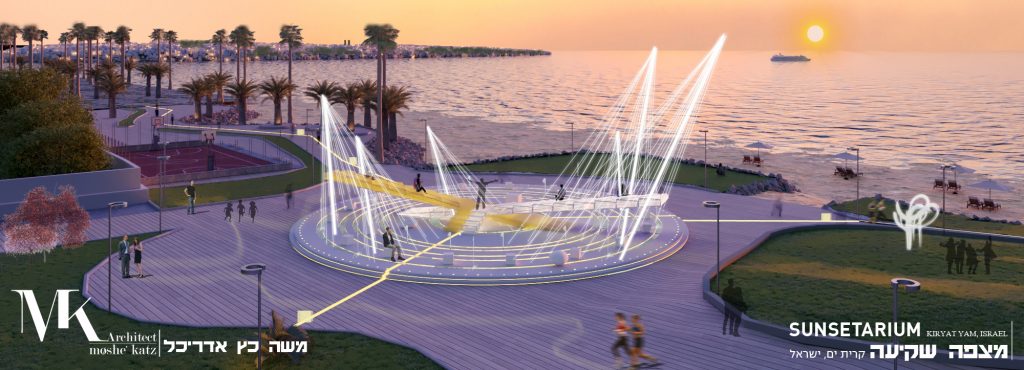
Sunsetarium by Moshe Katz
Using environmental empathy in design
Moshe Katz uses empathy as a tool for analysing the environment, human needs, and society. “The goal of the empathic designer is not to change people, but let them be who they are, free, use their maximal potentials in their surroundings.” He believes that the key to using empathy in design is ‘love’ (an approach he has developed over time): “The first tool one must acquire is an interior process of falling in love with the planning environment and people.“ He notes that this process takes away the designer’s ego, control, and need to change. Katz asks himself the question “what does this place, or this person dream to be?”
Moshe Katz’ project Sunsetarium, was born out of “a higher sensation of empathy and love towards nature and people.”He has created a shared space in Haifa, Israel, that encourages people to come together to observe the sunset and “to meet, to communicate, to be a part of the community through a natural experience- we are all an audience of a show, together.”
His approach began with “...the love of nature, the love of people, became a design approach, leading to a new form of analysis- what is special here? What does the sun dream to be? What do the people dream to be? That form of looking at things- created new design principles- leading to an ‘outside the box’ solution- an urban meeting place as a sunsetarium.”
See the video below for an introduction to Moshe Katz’ design approach.
Tips and tricks to get into the empathic design mindset
- Define your target
Make sure at an early stage the whole design team knows for whom the design is intended: all the user groups, individuals, interested parties, and stakeholders. Empathy can only be employed when the designer knows who to empathise with. - Widen your net
Good design should be inclusive. By consulting with a broad range of stakeholders, from the mainstream to those with more outlying opinions and minority groups, a greater empathy can be fostered. Some extremist points of view may be valid or founded in genuine grievances or scepticism. - Be inspired
Fully engage in public and client consultation, as well as site analysis. By getting to know and understand the stakeholders, designers can find inspiration for design solutions that might not otherwise present themselves. - Immersion
Empathy can be difficult to develop. By immersing oneself in the culture of those the space seeks to serve, landscape architects can foster greater empathy. - Get to know your team
Understanding the skills and approaches of your team can have positive effects on the design process. Often in design, differences of opinion can arise. Taking an empathic approach can help resolve disputes, come to greater understandings, and innovate new solutions. - Communication
Having empathy means being able to understand other people and how they communicate. It may be appropriate to alter how the design and consultation is communicated depending on the target audience. - Intuition
Taking an empathic approach can allow instinctive intuition to flourish. This can be exploited during the concept and ideation phases of the design process to inspire innovative solutions. - Roleplay
When empathy is difficult to foster, it can be useful to role-play different scenarios as different users or stakeholders. This will help a designer to explore issues from outside their immediate perspective. - Practise empathy
A 2013 study published in the Journal of Neuroscience found that humans are naturally good at empathising. However, due to personal experiences, we can lose this innate ability over time. The good news is that empathy can be increased through practice. Due to the neuroplasticity of the brain (and particularly the supramarginal gyrus which governs empathy), humans can get better at empathising through practising empathy. Therefore it stands to reason that the more designers practice empathic design, the better they will become at it.

Sunsetarium by Moshe Katz
Lessons in empathic design
Empathic design relies on a designer being able to see things from another’s perspective. By practising empathic design, landscape architects can create spaces that better serve their target audience. This involves an approach to the site, users, and stakeholder engagement that is open, intuitive, and unbiased by preconceived judgements and intentions. By practising the 9 steps above, a designer can increase the level of empathy in the design process, and thus reach innovative solutions that truly solve design problems.
Credits:
Article co-written by Ashley D Penn, Jolma Architects, and Moshe Katz, Architect – Artist.
Moshe is an international architect and artist specialising in the critical stages of conceptual project development, architectural primary design, strategic planning, and urban branding.
Lead image: Sunsetarium by Moshe Katz



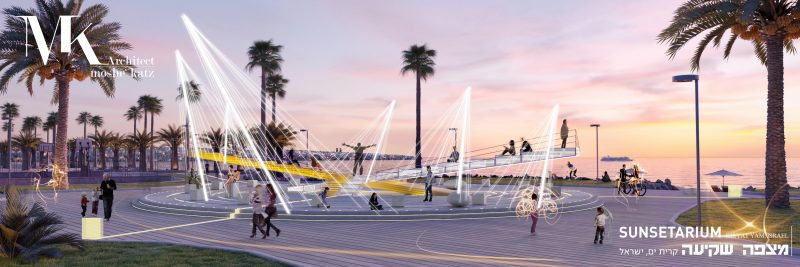

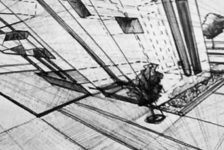

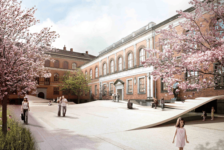

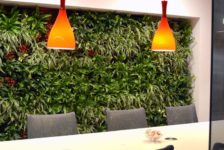
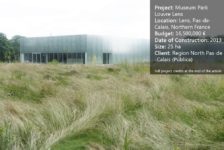

J. Robert (Bob) Wainner
I enjoyed and appreciated this article. But, while I have not been involved in designing any exceptionally large (Billion dollar projects or resorts)…I have designed (or assisted in the designing) of close to 600 various types of projects during my career. And, I believe that “my approach” to Landscape Architect has always been a mirror image of this Author’s approach….for most of the 40 years I have been practicing Landscape Architecture. Every Landscape Architect should approach all of their design projects as this Author has so elegantly described!
Sincerely,
J. Robert (Bob) Wainner Plano, Texas
Jolma Architects
Thanks for your comments Bob. I shall pass them on to Moshe.
BR
Ashley
Moshe Katz Architect
Dear Robert,
Thank you so much for your kind words. I am very happy to read, that we share the same values, same approach to design.
I am sure it will lead to better spaces, better experiences, a better world!
Thanks again!
Sincerely,
Moshe katz